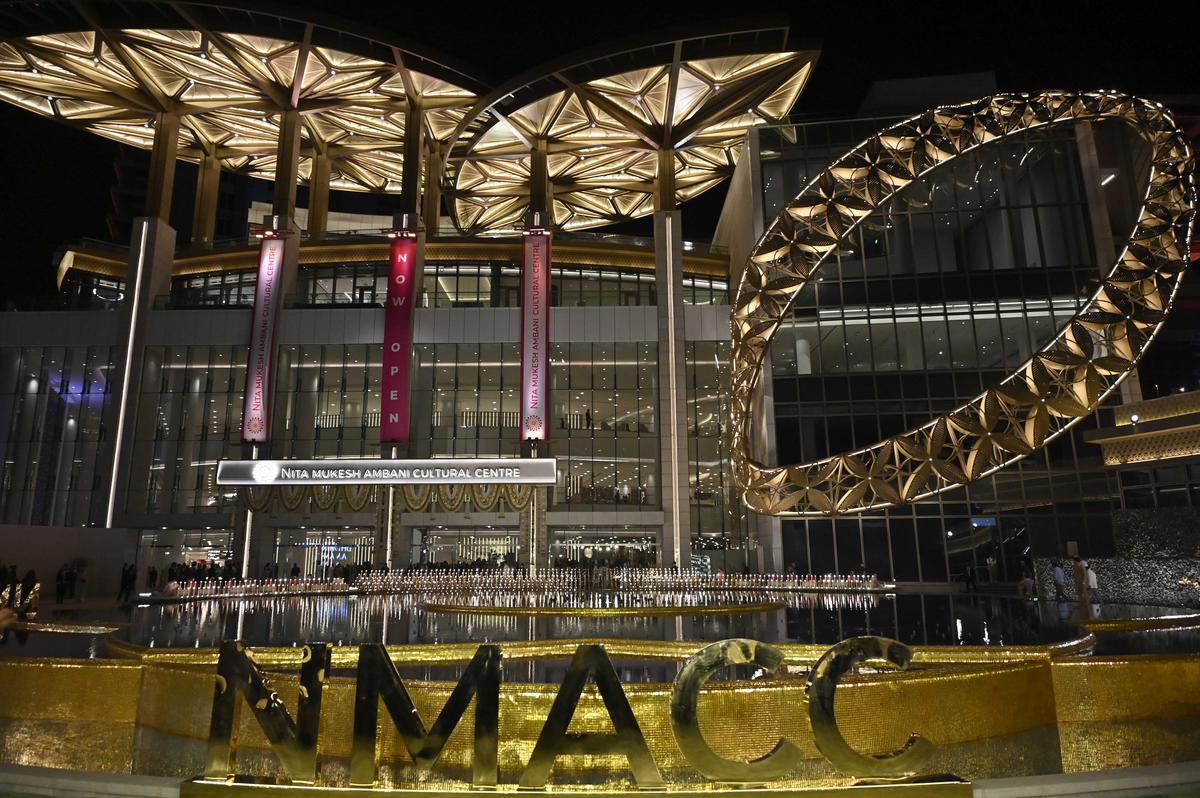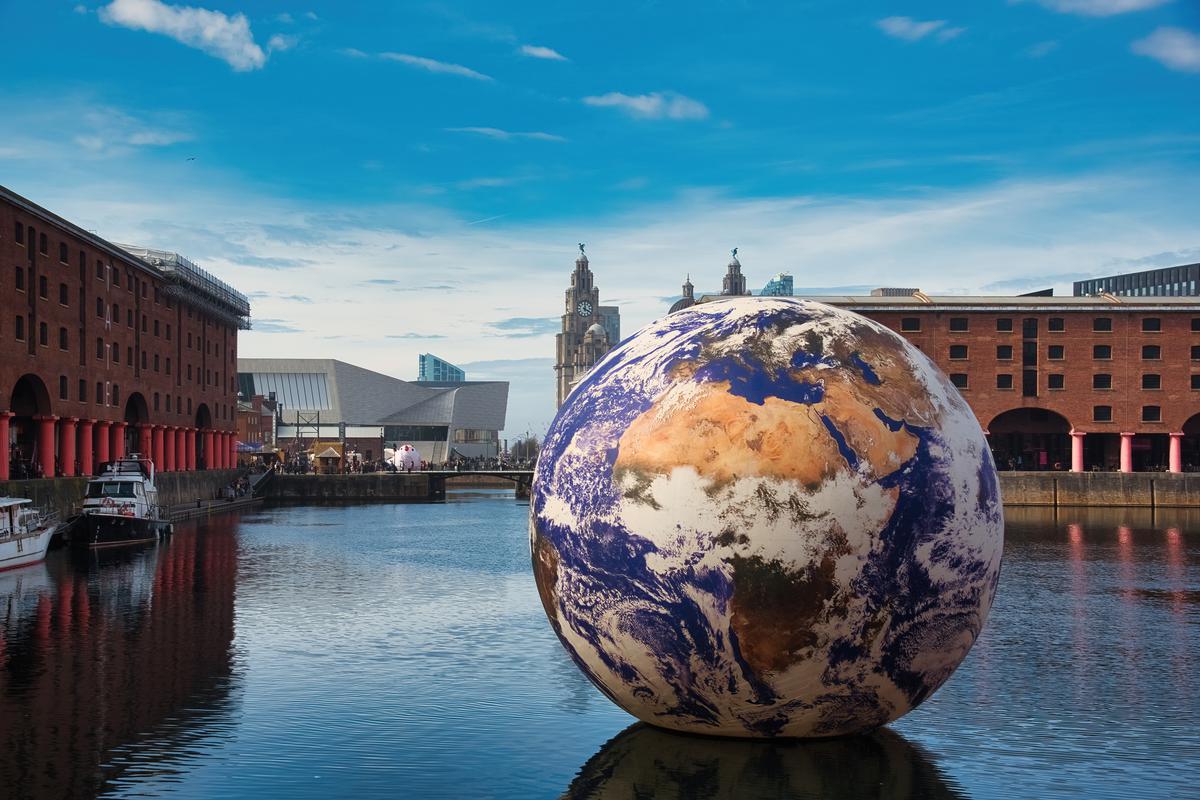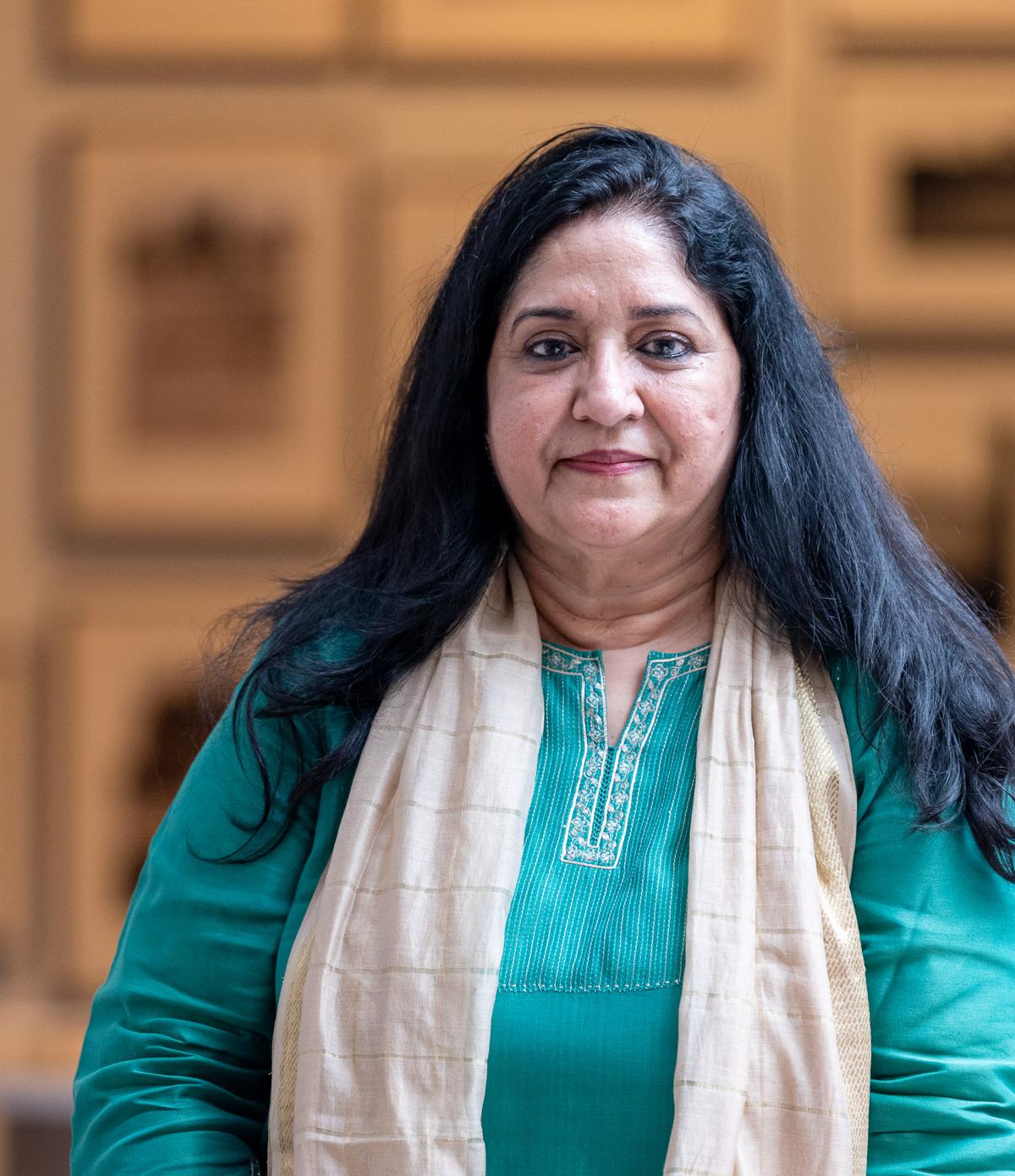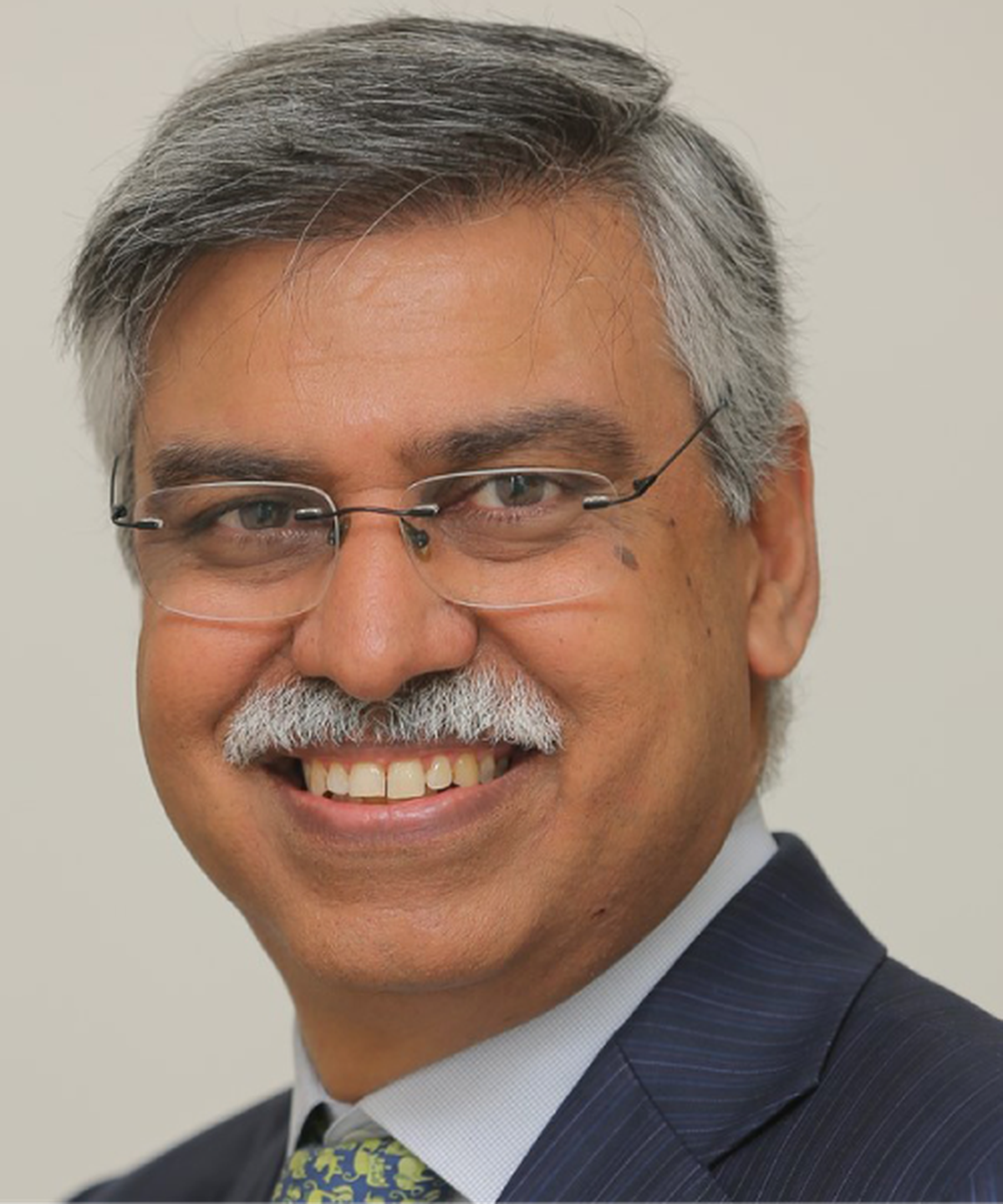Last year, on a whim, I wrote to British-Indian sculptor Anish Kapoor, inviting him, along with dissident Chinese artist Ai Weiwei, and award winning West African architect Francis Kere, to create public artworks in India. Each could select a location of his own liking — a mountain setting in the Himalayas, a crowded street in Varanasi, or an open stretch on a Goa beach — and construct a suitable work, without a brief, on an idea of their own choice. I would, as I wrote in the letter, contact foundations and municipalities for funds and permissions. As expected, there was a long lull; the project received no responses, no funds, and no permissions.
That art, and public art especially, occupies a precarious place in our society is a no-brainer, and doubtless my letter-writing efforts found their way into Spam or the Recycle Bin. But, what had driven me to this illogical invite was the fact that both Indian gallery art and public art rarely ever make magnanimous and exploratory gestures, remaining instead within the safety of acceptable subjects, and nurturing only private talent.
How do we in India live without active engagement with art and the larger question of what it means to be alive today? What then is the space and shape of art in an uncertain time and uncertain place? The idea of bringing three artists to ask these questions was merely in the hope that through their work, cultural collisions would somehow take place, and produce unimagined and unforeseen forms. Had the three wilfully positioned their art in unexpected contexts, historic terrains and traditions, who knows what could have emerged? Something truly magnificent and enlightening. Maybe nothing at all.
New on the block
A model for the new Sir David Adjaye-designed Kiran Nadar Museum and Cultural Centre set to open in 2026
| Photo Credit:
Courtesy KNMA
Three new major cultural art centres — with similarly grand expectations — were recently presented to the Indian public. The first was a model for the new Sir David Adjaye-designed Kiran Nadar Museum and Cultural Centre, unveiled in Delhi this July. Expected to open in 2026, the building — described as ‘a cluster of concrete pavilions’ — is meant to be a showcase for India’s emerging artists as well as the owner’s valued permanent collection.

The Nita Mukesh Ambani Cultural Centre in Mumbai’s Bandra-Kurla Complex.
| Photo Credit:
Getty Images
A few months earlier, the Nita Mukesh Ambani Cultural Centre opened in Mumbai’s Bandra Kurla Complex, with an even broader cultural mandate. A series of dispersed facilities for visual art, theatre, film and fashion, the complex is a reminder of the value placed on all forms of traditional, folk and modern Indian art.
Amongst the new centres, the third, the Serendipity Arts Foundation’s museum, The Brij, takes the biggest leap away from conventional museum design into both the experimental space and the new medium. Designed by Delhi-based architect Dikshu Kukreja, it states in no uncertain terms that art’s most telling presentation need have no cultural reference at all. The architecture itself can be a fluid sequence of space, real and virtual, live and traditional, all at once.
Three new museums, three distinct provocations on the future role of art. Certainly all three retain the view of the museum as an institution of visual experience, the stage set that engages the physical and the virtual, the popular and the high-brow, in as daring and insightful a way as possible. However, given today’s multiple overlapping mediums in art, new galleries will have their work cut out. The flux in the current social and political climate has so denuded daily life that the museum’s cultural importance becomes all the more critical.
Point of convergence
Indeed, so mixed is art media now, we may well ask if there is any distinction between fashion, film, style, politics, or architecture any more. Certainly, the art world, art mediums, and art content are now all completely out of control, and earlier definitions of art as pure sculpture, portrait painting, landscapes, classic or modern, satire or representational, have all but disappeared. When art installations are depicting desperate messages of climate change, censorship, refugee crisis, political repression and terrorism, it is getting harder to separate artists from journalists, sociologists and politicians.

A giant 10-metre-wide art installation called ‘Floating Earth’ by artist Luke Jerram at the Royal Albert Dock in Liverpool, U.K., April 2023.
| Photo Credit:
Getty Images
As Artificial Intelligence infects the art world, such niggling distinctions may ultimately disappear. Many forms of art have already completely succumbed to a mind-numbing and convenient theatricality. A recent MoMA film screening showed a sculpture dissolving into a painting, which then re-assembles into an architectural fragment, and finally collapses into mirrored liquid. The same holds true for other types of art. Books are performed as readings on stage or at book fairs. There is no value to the effort of self-reading in isolation when Tom Hanks can recite into your ear the full unabridged text of Great Expectations or The Da Vinci Code. Many of van Gogh’s paintings are subjected to animation techniques that render his often painfully conceived art into a live performance. Should then sound be added to Edvard Munch’s The Scream to invoke yet more realism?
A touch, a feel, a sense of not knowing anything too well, contemporary art similarly requires no fore knowledge, no active participation in styles, no periods, no likes or dislikes; no reliance on beauty or ugliness; the world is a force for good or bad, or nothing at all; the artist is neither a personality, nor a form maker, just a sharpened perception in an incoherent world.
For the three big contemporary art museums now appearing in the Indian cityscape, will the agenda move away from self-congratulation into some new untested terrain — something that steps into arenas of discomfort, indeed into ideas perpetually on the brink?
The writer is an architect and sculptor, and the author of ‘Blueprint’.
WEIGHING IN

Roobina Karode, Chief Curator and Director of Kiran Nadar Museum of Art, on the new museum space and the role of art
What is your response to the observation that public art today rarely ever makes magnanimous and exploratory gestures, remaining instead within the safety of acceptable subjects?
The openness of public space has definitely shrunk in the last decade or so, in terms of weighing words, actions, gestures and ideas one is rolling out into the world and platforming in public spaces more carefully and vigilantly than ever before. But while the exploratory spaces in the public arts context have diminished, artists are also doing tremendous work on many fronts — ecology and environment, agriculture, public awareness of social issues.
How is the new Kiran Nadar museum different from the earlier format?
The new museum will serve as an international cultural destination for visual arts, music, dance, and theatre, featuring changing exhibitions, permanent displays, and performances. This dynamic approach will enable a larger portion of the collection to be seen at any given time, complemented by dedicated galleries that feature works from the permanent collection on a yearly rotation. In addition to visual arts, music, and performance, we will showcase architecture, films, fashion, and product design. At the heart of all these human endeavours lies creativity, and our aim is to celebrate its essence and presence in our life.
How would you define the future role of art?
Art is the most humanising act and expression of any culture. Its soft power is of utmost importance. For us, it means diverse creative disciplines and media aligning with each other in newer ways to forge futures of the arts.

Sunil Kant Munjal, founder and patron of Serendipity Arts, and founder, The Brij, on the vision behind the new space
The Brij stems from a responsibility we feel towards the arts; the way art is seen today, compared to how it was perceived in the region, prior to colonisation. Planned around diverse creative practices, the facility will have higher arts education, incubation labs, centres of cultural innovation, performance spaces, and museums at a never-before-seen scale, in an interdisciplinary manner.